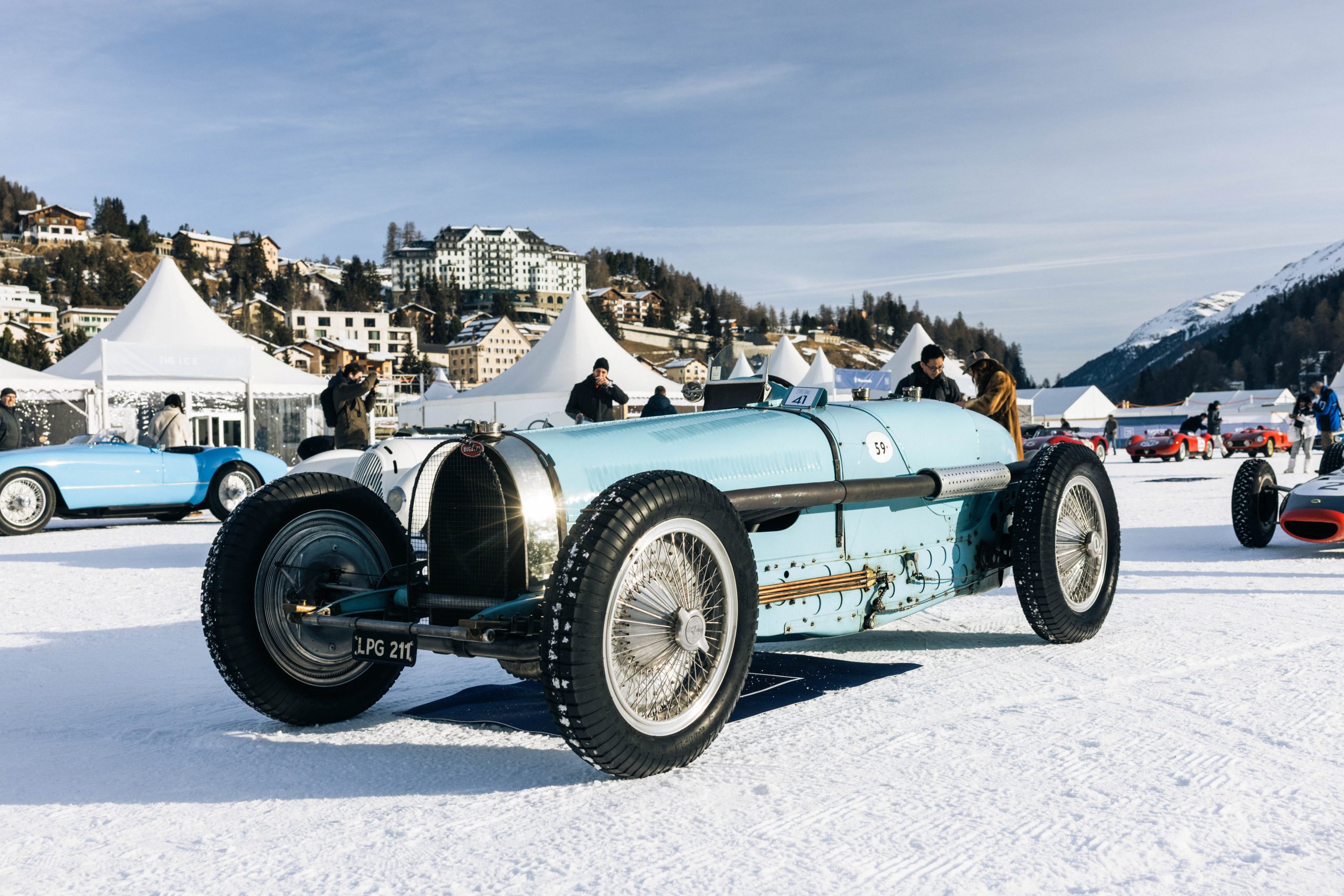“My stepfather put his newspaper down and said ‘prove to me you’ve got the ability, and I will help you’. As a farmer, he didn’t have lots of money lying around for fancy cars, the first thing I drove was a David Brown tractor aged 9, so to give me a few thousand quid to spend on my hobby, which might have come to nothing, wasn’t something he could, or was willing to do – he was an amazing man, but he wasn’t to know that I was going to be any good.
This was in 1962, when I came home to sunny Sussex and my dear old stepfather, absolutely thrilled about what I’d just been told after driving at Snetterton with Jim Russell’s driving school. Jim had pulled me out of the crowd as having an exceptional talent (his words) and guaranteed in front of all the other students that I would be in a factory team by the end of that year. Remarkably, after that, it all came together very quickly, and it can all be related to cars that I had; a Lotus Seven, a 998 Mini Cooper, a second-hand Jaguar E-type and a Ferrari 275 GTB/4 – I wish to God I’d never sold that Ferrari.

I couldn’t just sell a couple of tonnes of wheat to go motor racing; if I wanted it, I had to do it myself. I used to earn £20 a week managing the farm, minus £2.50 in tax, and I couldn’t afford to take time off during busy spells, which is why my friend John Penfold and I alternated weekends racing the Lotus Seven we bought used from a hill climb driver and rebuilt with a Cortina 1500 engine. A lot of guys that went on to do well in motorsport had money behind them, but I think that struggle helped us to get on.
I used to hear the cars racing round the circuit at Goodwood from the farm, it’s only eight miles away, and on March 13th 1964 I made my track debut in the Lotus – which hadn’t turned a wheel until the night before. Without a roof, it had been blindingly cold, and I didn’t tell John that I aborted the 200 mile running-in trip after only twenty, but I still managed to win my first race with it in the piddling rain.
The Mini Cooper was pretty vital during that first year of competing in the Lotus. It was terribly underpowered, and because it didn’t have a subframe, it was terribly unsuitable to tow the Seven on a trailer, especially with a five gallon can in the back and a girlfriend on board. Somehow the lads in the local garage managed to fix a tow bar on to it and make us a trailer, which I think cost about £100; it was the Mini’s kiss of death.
It was awful, that poor little car went along like a speedboat, with all that weight on the back its nose was right up in the air, and inevitably, on the way to an event at Mallory Park, the trailer broke off. We were about 45 miles away from the circuit, it was nearly dark, the Lotus had no lights, and my girlfriend (who became my wife) had never towed a vehicle using rope before. The whole operation was stupid, but somehow we got there without destroying the Seven; it’s a vivid memory. We replaced the Mini with an old petrol Land Rover from the farm, and I wasn’t too bothered about saying goodbye to it because I was looking forward to what was coming next.
I had quite a lot of successes that season and led for most of it, but came second in the championship because we had to miss some of the races in the north of England because it was just too far from Sussex. To me, the Lotus Seven was never really a race car, it was a means to an end because I didn’t have enough money to buy a single-seater, which is what I really wanted to drive, so it wasn’t a very emotional farewell. The money we got for it was put towards a new Formula 3 car, and that was most exciting. After that, I progressed to Formula 3 and Formula 2.
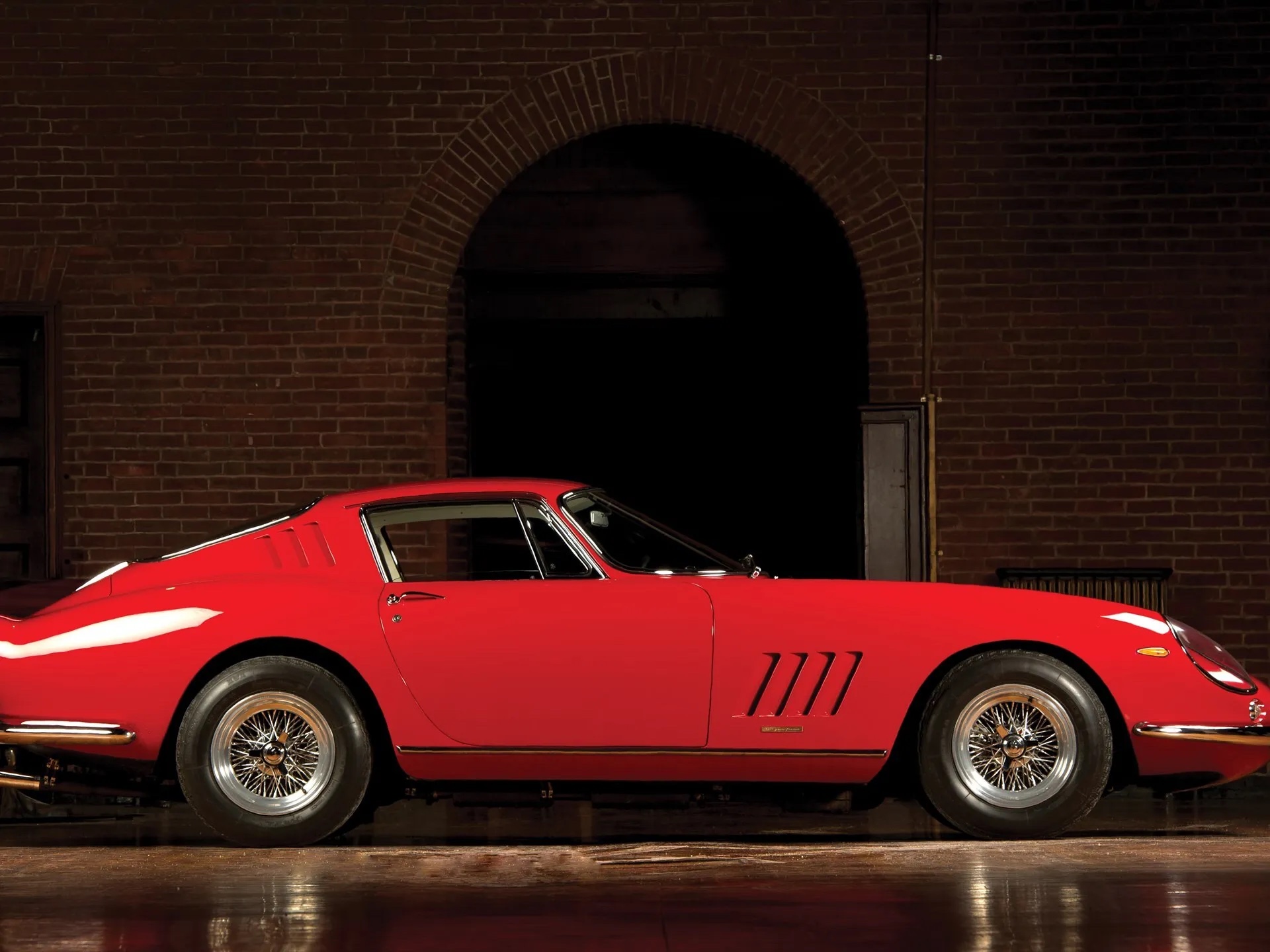
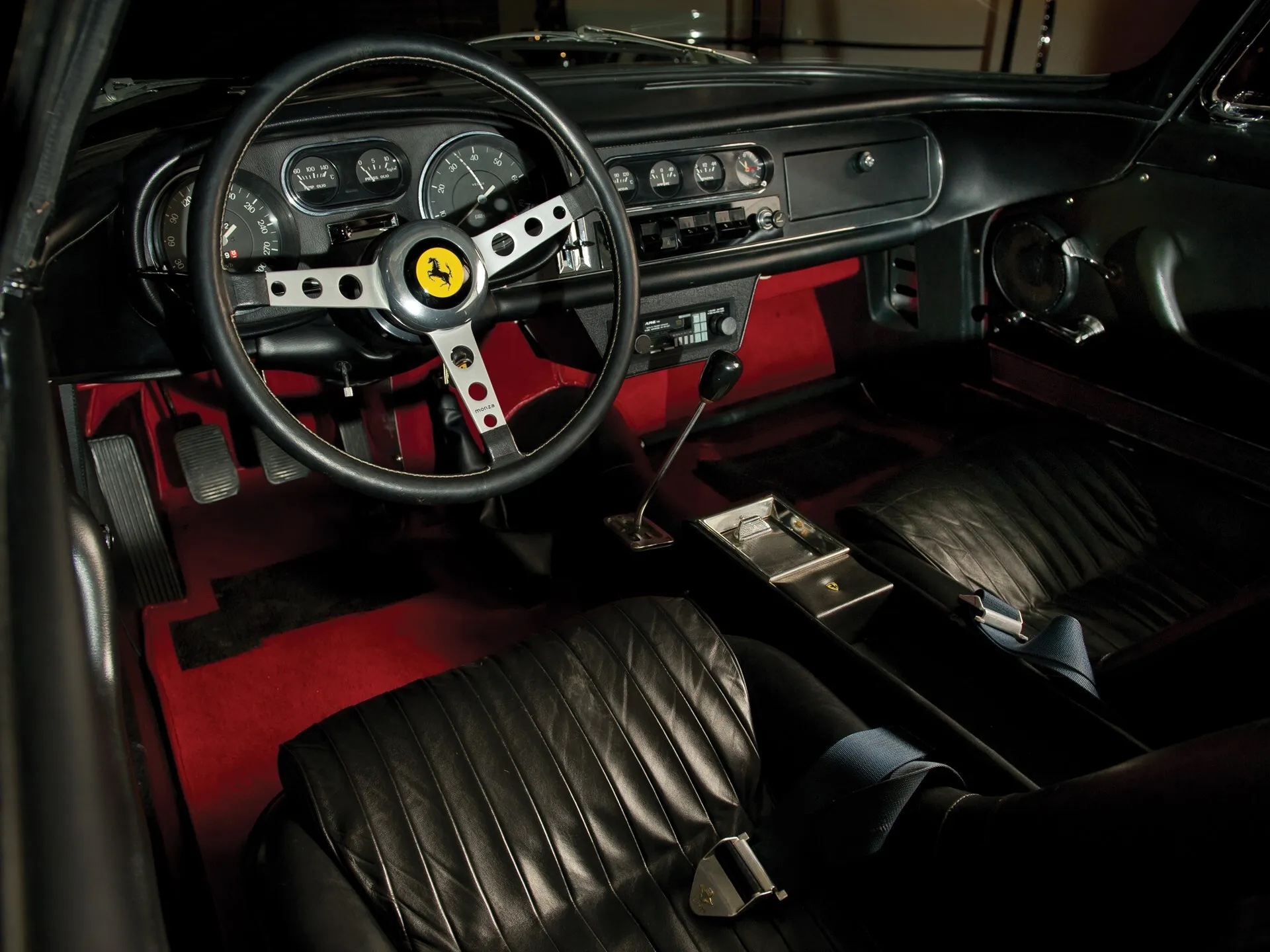
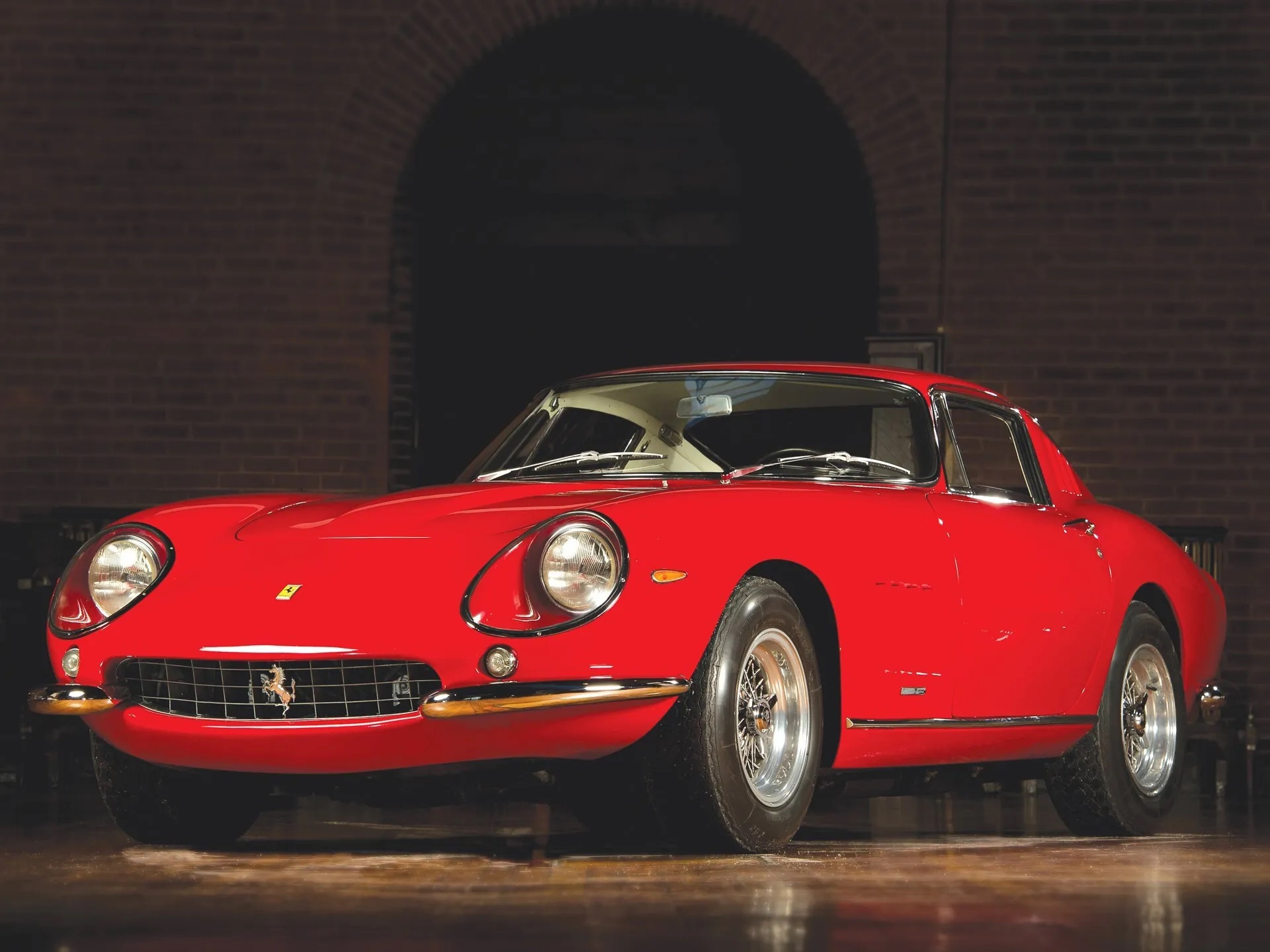
It was in 1966 that my stepfather – who became known as the Colonel, despite never serving in the army – said ‘come on, give up farming you can always come back to it when you’re 40, but you can’t get into racing when you’re 40’, and by 1968 I was driving for Enzo Ferrari. We’d been to watch the Italian Grand Prix together in 1959 so to be on the third row of the grid in a Formula 1 Ferrari alongside Jackie Stewart just nine years later was pretty damn good.
My dream was to own a road Ferrari, but of course in those days you weren’t given a team car, and at the time I drove a white E-Type convertible which I’d bought for £800 off a friend in Bognor. I pulled up outside the Ferrari factory in Maranello one lunch time thinking there was no way they were going to let me in driving it, but as I got out of the car, the factory gates opened and a sea of mechanics in their blue and red overalls came out on their way to lunch. Instantly, they were all over the E-Type because they’d never seen one before, so I lifted the bonnet, started it up and opened all the doors. I think turning up in that E-Type did more for my reputation at Ferrari that day than I did driving their cars in Formula 1.
Ferrari pulled out of racing in the middle of 1969 because their cars weren’t competitive, so that wasn’t a very good start to my career in Formula 1. I went on to race all over the world for several other teams with my best result driving a Surtees TS7 finishing sixth at the 1970 United States Grand Prix, which was my highest finish in the Formula One World Championship. By this time I didn’t have the E-Type, I don’t remember what happened to it, or who it went to, because although it was a lovely car, it still wasn’t the one I wanted.
I got to know Jacques Swaters, the Ferrari dealer and collector, and he helped make my dream come true – at the age of 28. I paid him £3500 for a one-year-old silver Ferrari 275 GTB/4, which I picked up from his showroom in Brussels and used to traverse all over Europe like a lunatic. How the hell I afforded it I don’t know, I was earning peanuts in those days.
The 275’s styling was so beautiful, it was the prettiest car Ferrari ever built, and because of that it didn’t really matter how it drove, but with it being aluminium and lightweight, it lived up to expectations as to what I’d read about it and handled wonderfully.
I’d take the 275 on a ferry to Dieppe and drive the 760 miles to Maranello in a day. It was a phenomenal trip around Dijon, across to Geneva and up over the Alps, and a phenomenal time, all of us racing drivers were doing the same. Mike Hailwood had a Maserati and when we convoyed together it was fabulous, there was such a great sense of camaraderie, but it was also a strange time because motorsport was terribly dangerous, and a lot of people were dying. I’d go to bed at night thinking ‘What am I doing this for? Why isn’t it me that’s getting killed?’. Of course it weighed on you, but it also made you appreciate your own life so much more, as well as the people you were with. Every single driver went through it, but we didn’t talk about it, unfortunately it was just par for the course.
I loved driving with Jacques Laffite, a frenchman and Formula 1 champion with a fantastic personality. He liked doing things on the spur of the moment, he’d say ‘Come on, let’s go skiing’ and we’d drive to Chamonix, where I discovered the most terrifying ski runs I’ve ever done. On one occasion he got ahead of me in the traffic and I eventually found him parked by the side of the road fishing in a trout stream.
In those days you never had any problems at borders, you just drove up to the post, showed them your passport and drove on through, however, the customs officers often wanted to have a look at the Ferrari’s engine.
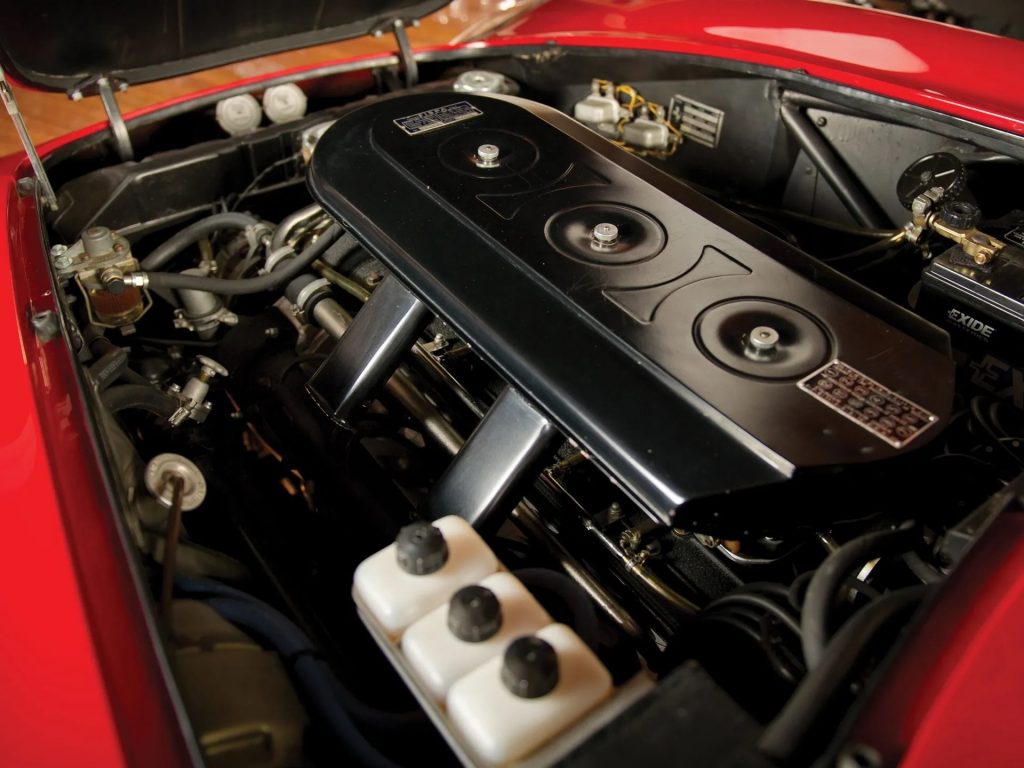
I very rarely drove the 275 with a passenger, although I did take my lawyer down to Maranello once to have a look at a contract Ferrari were throwing at me. He never got that excited about things but he had a hell of a trip; I drove pretty quickly. I suppose I’ve always had the need for speed, when I was fifteen I would wash my stepfather’s Jaguar XK150 in the yard then take it up the road towards Chichester to see if I could get 100mph out of it, which was my way of telling how good a car was in those days, and nobody ever knew that I did it.
I had the 275 for two years but I was having a bad time racing and struggling with money, so sold it for $5,000 in 1972. I also had two children, and they didn’t fit in the back. I then ordered a Ferrari Daytona, which still didn’t have room for kids.
We all have dreams, and mine as a boy was to drive my own Ferrari down to Monaco to do the Grand Prix and lo and behold the Daytona was ready to be picked up from the factory in time for me to take it to the Grand Prix where I was supposed to be in a Tecno – except it didn’t turn up for the race because it wasn’t ready. I was really pissed off.
Until recently, I thought the 275 (which is now red) was in America, but at Goodwood’s Festival of Speed I found out from an Austrian gent that it’s in Munich and it’s coming up for auction, would you believe? I’m pleased that somebody has been looking after it, but I could never afford to buy it back. I would love to be reunited with it though, I’d take it back on that road down to Maranello.
The David Brown tractor marked the beginning of my driving life, I remember using it to plough the field outside the farmhouse, but we had about half a dozen others and I would want to get in the most powerful one, which would probably do about 16mph. The Mini and the Lotus Seven marked the beginning of my racing career, but sentimentally, they didn’t mean that much to me, whereas the E-Type was a special car.
I’ve driven some incredible cars over the years, and revelled in the opportunities I had as brand ambassador for Bentley. Testing the Continental GT in places like the Kalahari desert was bonkers, but believe it or not, it’s still that damn Ferrari that I consider the car of my dreams.
There’s always somebody who helped you to get to where you are, whether that’s because they opened a door, gave you some advice or helped with finances, and Mr Ferrari was one of those people that took an interest in my career. I was lucky to get to know him personally and I guess that’s why I have such an affection for him, and that 275. Drifting into the unknown, I guess the old man would have been flattered to think that my dream was still to have a Ferrari at seventy, which is when I bought my [550] Maranello.
Read more
‘We are never wrong’: Derek Bell on how Porsche created the world-beating 956 Group C car
“We never thought you’d make it!” Remembering Norman Dewis’ overnight race against the clock
The Hagerty Power List 2022: Drivers



